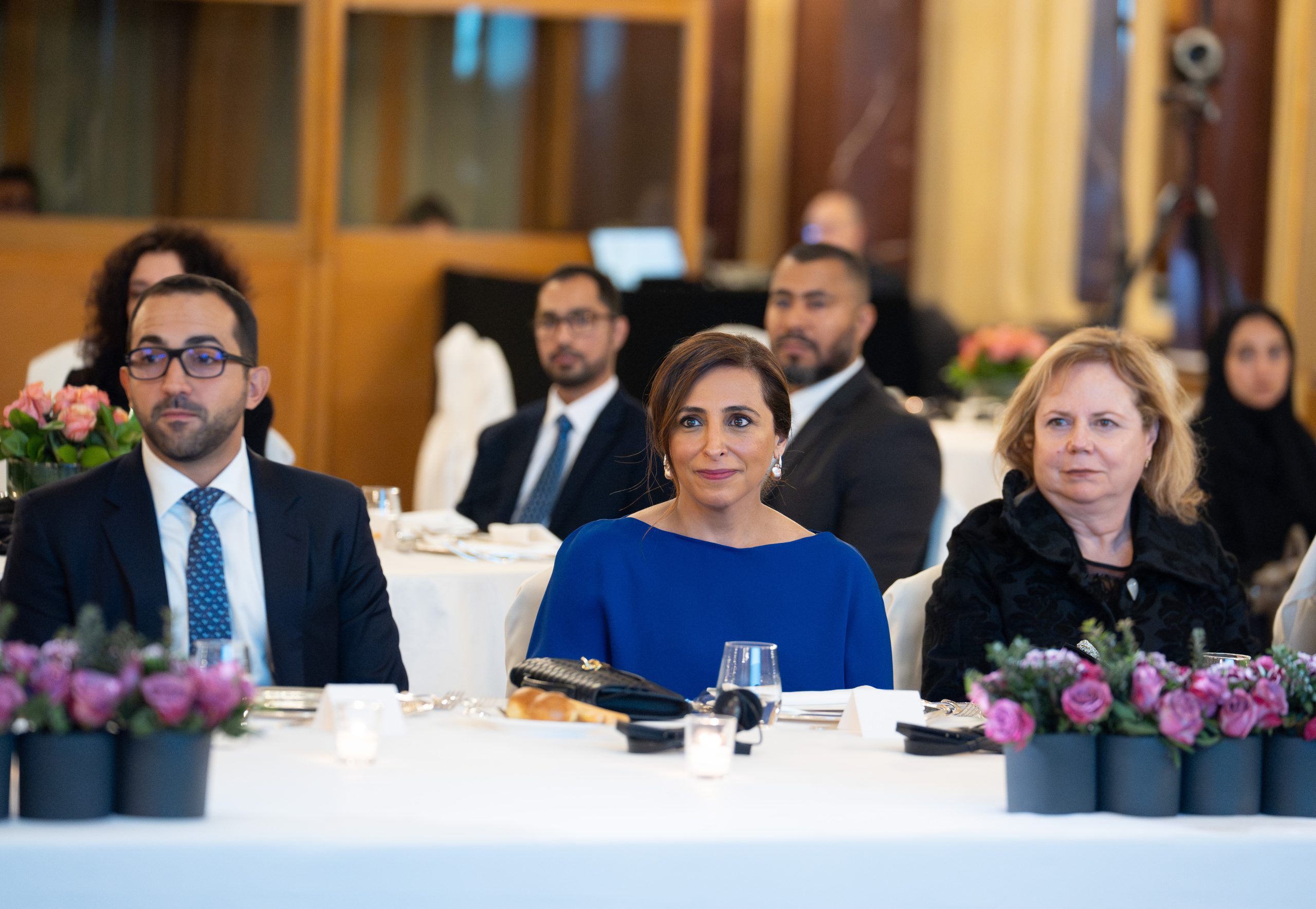The Sharjah Archaeology Authority (SAA) organized a virtual lecture entitled “The Use of Non-destructive Ultrasound Technology in Examining Archaeological Objects and Compositions”. During the lecture, Dr Abdul Rahim Ahmed, from the College of Archaeology and Anthropology at Yarmouk University in Jordan, spoke about the process of conducting ultrasounds on artefacts, and examining stone blocks and structures as a technique of maintenance and restoration.
The lecture was part of a series of specialized weekly scientific lectures organized by the Sharjah Archaeology Authority, in line with their mission to spread awareness of the restoration and maintenance of artefacts. The number of attendees to the virtual lecture exceeded 120, and was made up of participants interested in preserving artefacts from inside and outside the emirate of Sharjah.
During the lecture, Dr Abdul Rahim Ahmed indicated that the technology of ultrasound has several advantages, the most important of which is its applicability in the field, and that it is a non-destructive method. It is also characterized by speed, and results can be obtained quickly and easily. He pointed out that the ultrasound technology depends on the use of ultrasound waves, with frequencies of higher than 20 kilohertz. The speed of the waves depends mainly on the mechanical and physical properties of the artefact, and that several techniques can be applied during tests to discover and verify the artefact. Dr Ahmed explained that waves are generally mechanical waves and need a physical medium to move through, explaining that longitudinal waves vibrate in the same direction as they propagate.
Dr Ahmed went on to explain that it is important to determine factors of change that have occurred in artefacts, and understand any correlations of evaluation on its characteristics. He emphasized that changes in climate and weather can cause destruction or damage, and that an evaluation of the effectiveness and durability of strengthening treatments was highly crucial.
The vision of the Sharjah Archaeology Authority is to establish Sharjah as a pioneer in the field of archaeology protection and preservation, and to follow best practises and standards for the protection of these sites and areas.




